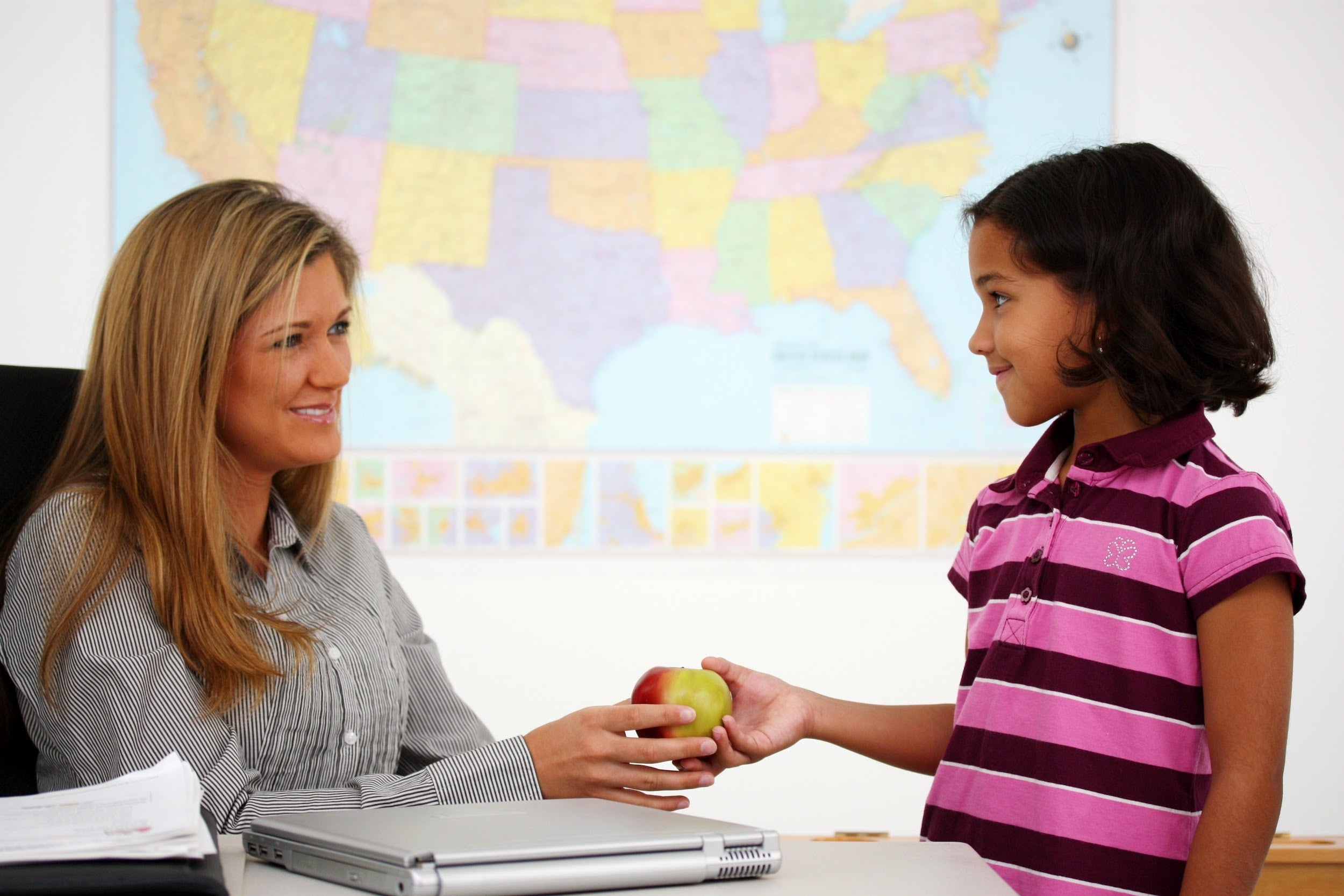New Year’s is the ideal time to teach kids about the value of goal setting and intentional habits. Experts say that ages 7 to 12 are best for learning how to make resolutions. Here are six suggestions for positive resolutions that kids can work on all year long.
Focus on the Positive
Making resolutions can be a bonding ritual for the whole family and can be especially valuable for children with attention or learning issues. Sit down with your children and encourage them to reflect on what they have accomplished in the previous year. Next, ask them to think of things they’d like to do, areas they would like to improve, or goals they would like to achieve. Choose achievable and specific goals. Rather than broad goals like “exercise more,” suggest joining a
sports team or attending a
fitness class. Let your child lead. Ask questions to spur conversation if needed, but ultimately allow them to set the agenda. You want this to be an uplifting activity, so help your child spin negatives into positive action. If they want to become a better pianist, focus on the goal of spending a specific amount of time practicing. If eating healthier is the goal, focus on small changes to help achieve that, such as swapping water for soda or eating more veggies. Keep it simple, choosing two or three resolutions to work on for the year. Having trouble getting started? Here are some suggestions for meaningful goals your child can stick with.

©Brian Jackson / Adobe Stock
1. Learn a New Skill
Learning
something new is an exciting and popular goal. Help set them up for success by breaking down the goal into manageable steps. If they’d like to learn how to
play an instrument or play a new sport, talk about the value of practice. Set achievable goals for spending time on learning their new skill.

©Aaron Amat / Adobe Stock
2. Eat Healthier
Proper nutrition is a noble goal, and one in which children can easily play an active role. Rather than focusing on an issue like avoiding too much junk food, help your child think of healthful substitutes such as fruit instead of candy, or more home-cooked meals in place of fast food.

©lightwavemedia / Adobe Stock
3. Do More Chores
Committing to helping around the house is a practical, unitive goal, as children feel more useful and the family functions better as a whole. Instead of vague solutions like “doing more chores,” suggest that your child
choose a new task or two, such as setting the table for dinner or making that bed every morning.

©Kzenon / Adobe Stock
4. Spend Time Outdoors
Increasing
physical activity is always a fine goal, but the word “exercise” can make it sound boring. Help children set a manageable goal like joining an outdoor sports team, completing some number of hikes or taking a post-dinner family walk.

©Rob / Adobe Stock
5. Acts of Kindness
Kids can often fall into resolution traps like “behaving better” or “being nicer.” Instead, suggest a goal like one
random act of kindness per week, or volunteering throughout the year at organizations that are meaningful for your child.

©Daxiao Productions / Adobe Stock
6. Quality Time
Screen time is a point of contention in most modern homes. Rather than simply
cutting back on screen time, make it a goal to spend time together as a family instead. Unplug as a family with game nights, or suggest 30 minutes of reading before bed instead of watching a device.
Make it Fun
Creating resolutions can empower your child to set thoughtful goals and be mindful about behavior. Help them along with visual reminders, rewards, and encouragement instead of nagging. Remember that lapses will happen, and it is important to focus on effort, not perfection. If the plan isn’t working, sit down with your child and help to work through the problem, perhaps adjusting or restating the goal. Being a good example by setting your own goals and working to achieve them will create an opportunity for family bonding and show kids the importance of effort in becoming our best selves. And once a goal is achieved, don’t forget to celebrate!










